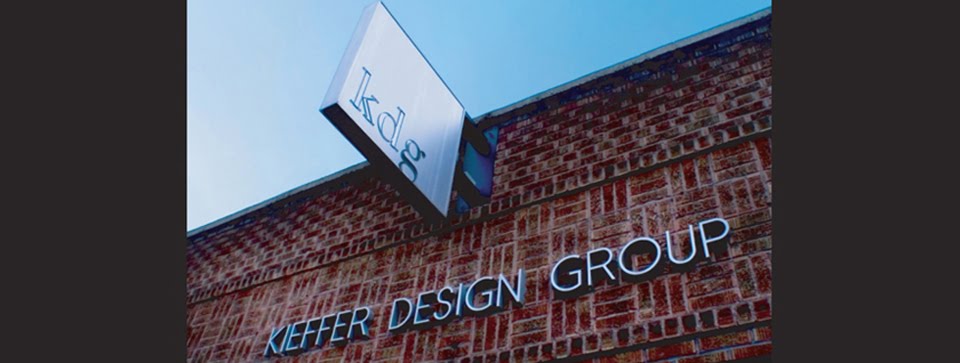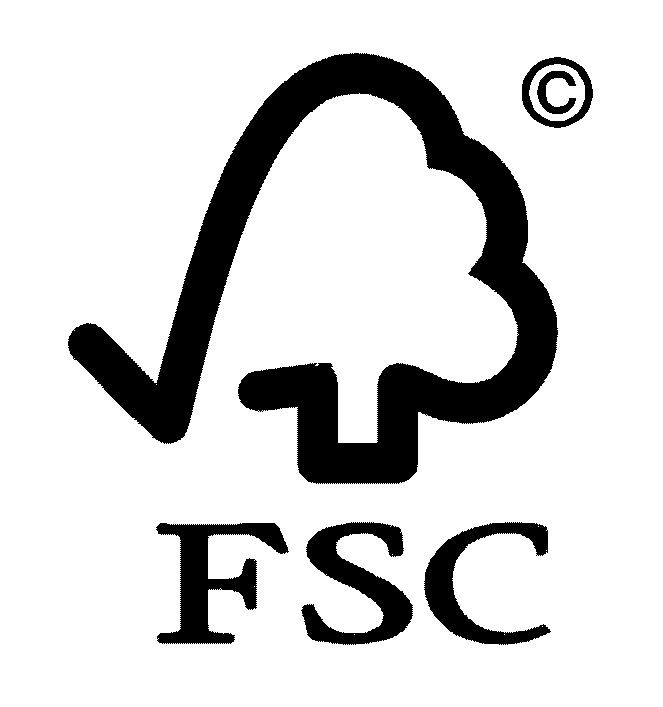March is National Reading Month! So now that the weather cooled down again grab a book and cozy up inside. Here are a few suggested reads...
 You may have already read Three Cups of Tea by Greg Mortensen (and if not, do!)--an intriguing and inspiring story of how one person can influence change and rally a village behind a common cause. Now, check out Stones into Schools by Greg Mortensen. It's the follow up to Three Cups of Tea explaining his efforts in Afghanistan. If you saw his speech at the Morrison Center back in November 2008, you learned a little about the present events he's working on, but check out this book for further detail. Every day, the Taliban are preventing girls from being educated, burning schools and commiting horrible attrocities. In Afghanistan, a son must ask his mother's permission to join the Taliban's forces, and as Greg Mortensen explains from an African proverb, "Educate a boy, and you educate an individual. Educate a girl, and you educate a community." Taliban camps are set up in areas of deep poverty offering food and shelter to those who commit to their 'education'. Mortensen understands this to be the reason why to build schools near these dangerous areas to give other options to those in so dire need of help. And as a result, has seen those schools burned--yet, he continues to strive forward. Check it out!
You may have already read Three Cups of Tea by Greg Mortensen (and if not, do!)--an intriguing and inspiring story of how one person can influence change and rally a village behind a common cause. Now, check out Stones into Schools by Greg Mortensen. It's the follow up to Three Cups of Tea explaining his efforts in Afghanistan. If you saw his speech at the Morrison Center back in November 2008, you learned a little about the present events he's working on, but check out this book for further detail. Every day, the Taliban are preventing girls from being educated, burning schools and commiting horrible attrocities. In Afghanistan, a son must ask his mother's permission to join the Taliban's forces, and as Greg Mortensen explains from an African proverb, "Educate a boy, and you educate an individual. Educate a girl, and you educate a community." Taliban camps are set up in areas of deep poverty offering food and shelter to those who commit to their 'education'. Mortensen understands this to be the reason why to build schools near these dangerous areas to give other options to those in so dire need of help. And as a result, has seen those schools burned--yet, he continues to strive forward. Check it out!
 Another inspiring book is Expanding Architecture: Design as Activism. It's a compilation of 30 essays by leading architects and designers on the need to shift our thoughts and perceptions of what the built environment should be like. It calls for social equity and designing for community and the public good. Filled with color images of existing projects it challenges us to consider what we can do in our own community.
Another inspiring book is Expanding Architecture: Design as Activism. It's a compilation of 30 essays by leading architects and designers on the need to shift our thoughts and perceptions of what the built environment should be like. It calls for social equity and designing for community and the public good. Filled with color images of existing projects it challenges us to consider what we can do in our own community.



 We've all read these classics but who can resist the binding? Penguin Classics has been continuing to release some of these well known novels in their clothbound series. The collection started out with about 10 but new ones are being added. Wouldn't these look nice on a bookshelf?
We've all read these classics but who can resist the binding? Penguin Classics has been continuing to release some of these well known novels in their clothbound series. The collection started out with about 10 but new ones are being added. Wouldn't these look nice on a bookshelf?



 If you're in the mood for some warm food, flip through the pages of Heidi Swanson's Super Natural Cooking: Five Ways to Incorporate Whole and Natural Ingredients Into Your Cooking. The Spring Minestrone shown on the cover is amazing and suits well for the current cold weather. The Mesquite Chocolate Chip cookies were delicious--even though it proved difficult to track down the mesquite flour (if we all keep asking at the CO-OP I'm sure they'll start stocking it regularly). This book is also responsible for an addiction to hibiscus tea. A recipe has yet to fail in this book. Maybe indulge in a bowl of Spring Minestrone while delving into one of the above mentioned books?
If you're in the mood for some warm food, flip through the pages of Heidi Swanson's Super Natural Cooking: Five Ways to Incorporate Whole and Natural Ingredients Into Your Cooking. The Spring Minestrone shown on the cover is amazing and suits well for the current cold weather. The Mesquite Chocolate Chip cookies were delicious--even though it proved difficult to track down the mesquite flour (if we all keep asking at the CO-OP I'm sure they'll start stocking it regularly). This book is also responsible for an addiction to hibiscus tea. A recipe has yet to fail in this book. Maybe indulge in a bowl of Spring Minestrone while delving into one of the above mentioned books?
Happy Reading!
 You may have already read Three Cups of Tea by Greg Mortensen (and if not, do!)--an intriguing and inspiring story of how one person can influence change and rally a village behind a common cause. Now, check out Stones into Schools by Greg Mortensen. It's the follow up to Three Cups of Tea explaining his efforts in Afghanistan. If you saw his speech at the Morrison Center back in November 2008, you learned a little about the present events he's working on, but check out this book for further detail. Every day, the Taliban are preventing girls from being educated, burning schools and commiting horrible attrocities. In Afghanistan, a son must ask his mother's permission to join the Taliban's forces, and as Greg Mortensen explains from an African proverb, "Educate a boy, and you educate an individual. Educate a girl, and you educate a community." Taliban camps are set up in areas of deep poverty offering food and shelter to those who commit to their 'education'. Mortensen understands this to be the reason why to build schools near these dangerous areas to give other options to those in so dire need of help. And as a result, has seen those schools burned--yet, he continues to strive forward. Check it out!
You may have already read Three Cups of Tea by Greg Mortensen (and if not, do!)--an intriguing and inspiring story of how one person can influence change and rally a village behind a common cause. Now, check out Stones into Schools by Greg Mortensen. It's the follow up to Three Cups of Tea explaining his efforts in Afghanistan. If you saw his speech at the Morrison Center back in November 2008, you learned a little about the present events he's working on, but check out this book for further detail. Every day, the Taliban are preventing girls from being educated, burning schools and commiting horrible attrocities. In Afghanistan, a son must ask his mother's permission to join the Taliban's forces, and as Greg Mortensen explains from an African proverb, "Educate a boy, and you educate an individual. Educate a girl, and you educate a community." Taliban camps are set up in areas of deep poverty offering food and shelter to those who commit to their 'education'. Mortensen understands this to be the reason why to build schools near these dangerous areas to give other options to those in so dire need of help. And as a result, has seen those schools burned--yet, he continues to strive forward. Check it out! Another inspiring book is Expanding Architecture: Design as Activism. It's a compilation of 30 essays by leading architects and designers on the need to shift our thoughts and perceptions of what the built environment should be like. It calls for social equity and designing for community and the public good. Filled with color images of existing projects it challenges us to consider what we can do in our own community.
Another inspiring book is Expanding Architecture: Design as Activism. It's a compilation of 30 essays by leading architects and designers on the need to shift our thoughts and perceptions of what the built environment should be like. It calls for social equity and designing for community and the public good. Filled with color images of existing projects it challenges us to consider what we can do in our own community.


 We've all read these classics but who can resist the binding? Penguin Classics has been continuing to release some of these well known novels in their clothbound series. The collection started out with about 10 but new ones are being added. Wouldn't these look nice on a bookshelf?
We've all read these classics but who can resist the binding? Penguin Classics has been continuing to release some of these well known novels in their clothbound series. The collection started out with about 10 but new ones are being added. Wouldn't these look nice on a bookshelf?


 If you're in the mood for some warm food, flip through the pages of Heidi Swanson's Super Natural Cooking: Five Ways to Incorporate Whole and Natural Ingredients Into Your Cooking. The Spring Minestrone shown on the cover is amazing and suits well for the current cold weather. The Mesquite Chocolate Chip cookies were delicious--even though it proved difficult to track down the mesquite flour (if we all keep asking at the CO-OP I'm sure they'll start stocking it regularly). This book is also responsible for an addiction to hibiscus tea. A recipe has yet to fail in this book. Maybe indulge in a bowl of Spring Minestrone while delving into one of the above mentioned books?
If you're in the mood for some warm food, flip through the pages of Heidi Swanson's Super Natural Cooking: Five Ways to Incorporate Whole and Natural Ingredients Into Your Cooking. The Spring Minestrone shown on the cover is amazing and suits well for the current cold weather. The Mesquite Chocolate Chip cookies were delicious--even though it proved difficult to track down the mesquite flour (if we all keep asking at the CO-OP I'm sure they'll start stocking it regularly). This book is also responsible for an addiction to hibiscus tea. A recipe has yet to fail in this book. Maybe indulge in a bowl of Spring Minestrone while delving into one of the above mentioned books?Happy Reading!







